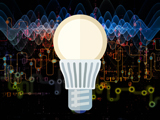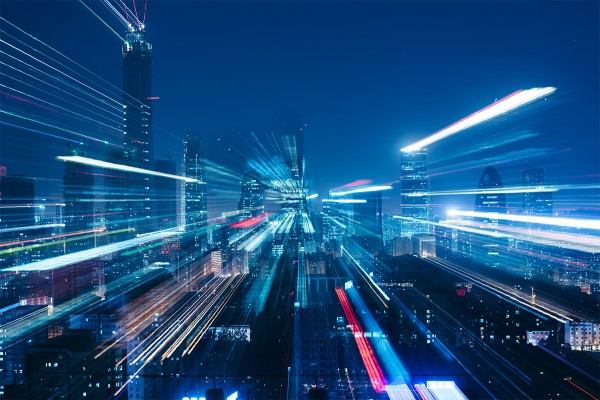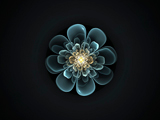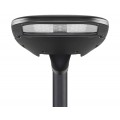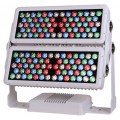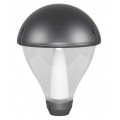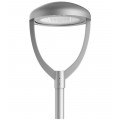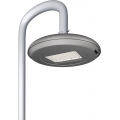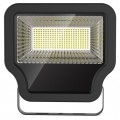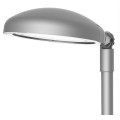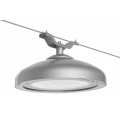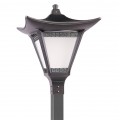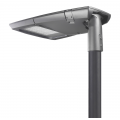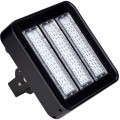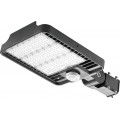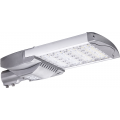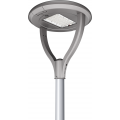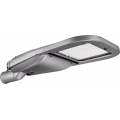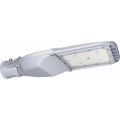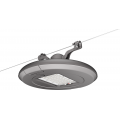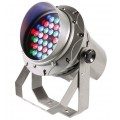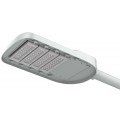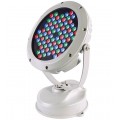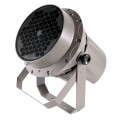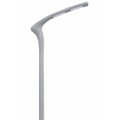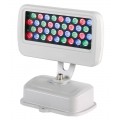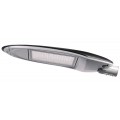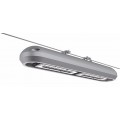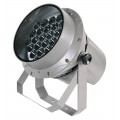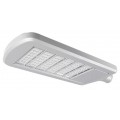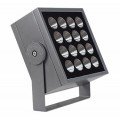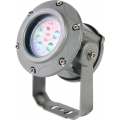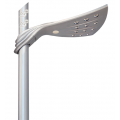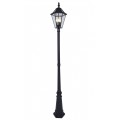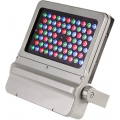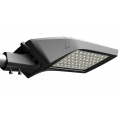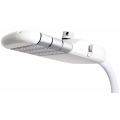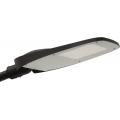Outdoor lighting fixtures have been extensively employed for lighting up buildings, gardens, roadways, pathways, entrance ways, and other structures or landscapes for aesthetic enhancement and also to improve safety. Outdoor lighting can often improve safety and security by illuminating potential hazards in order that people can prepare for and cope with them. Such illumination provides enhanced security by wiping out hiding places and unobserved entry points for intruders. Aside from that, and possibly most importantly, outdoor lighting can deliver a pleasing, decorative effect by highlighting the character of structures and landscapes.
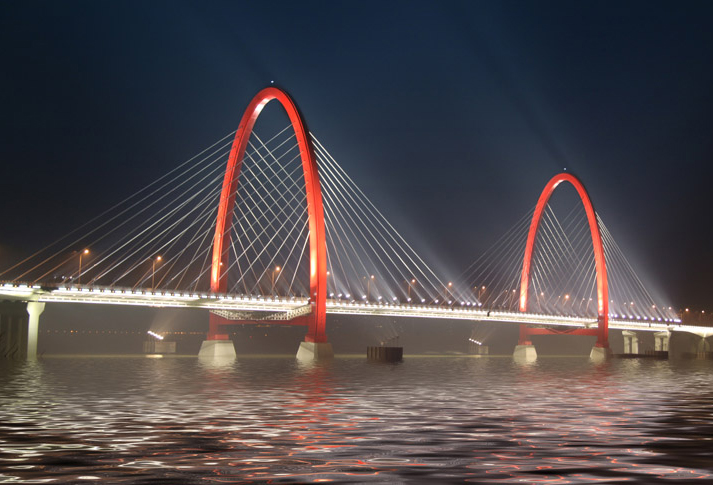
Type of outdoor lighting
The outdoor space could be interpreted as being a predefined section of the complete outside space, for instance, the streets of a village, a factory terrain, or a highway network. Defining specific areas to be illuminated is essential to an efficient and cost-effective design. Structure lighting covers many purposes including prestige, safety, symbolism, and recognition. Lighting facade features can be exceptionally effective, energy savvy, and most respectful of the night sky. Landscape light fixtures are frequently mounted around residences, apartments and commercial buildings for aesthetic enhancement as well as improve safety. Hardscape lighting is a special type of landscape lighting involving architectural features such as monuments, fountains, water features, outdoor structures, sculptures, walls, and vertical displays. Softscape denotes the trees, shrubs, and other plants that landscape a building or area. Roadway and street lighting is the most typical and basic component of public lighting. Roadway lighting fixtures are primarily employed to provide light for streets, highways, and parking lots, among other areas. Proper lighting of walkway and bikeway areas is vital to the comfortable and safe use by pedestrians. Path lights are typically designed to illuminate a sidewalk or path on the exterior of a home, or a specific path on the interior of the home, like for example a hallway. Outdoor retail lighting is used to attract potential customers, for them to comfortably evaluate the merchandise, and for safe pedestrian passage.
Outdoor lighting design considerations
In the design of outdoor lighting, safety, security, utility, productivity are often the main considerations. One factor in the design of a safe road or parking lot is lighting, so that the vehicle driver or pedestrian is able to clearly view his surroundings during the nighttime. Human vision factors such as glare, luminance, visual acuity, spetral distribution, color rendering, and illuminance are the technical factors which should be evaluated when designing an exterior lighting system. Many outdoor lighting systems produce undesired glare, light trespass, energy waste, sky glow, and other generally unacceptable light pollution. Outdoor lighting systems also result in spectral pollution; i.e., intrusive or hazardous effects as a consequence of the color spectrum emitted from the lighting system. In most cases, a landscape lighting designer would like to add glare control, color correction, spread lenses and other beam, glare or color correcting lenses to a lighting fixture. Excessive lighting is an inefficient use of electrical energy at best and can also result in a night driving safety hazard for vehicle operators. Excessive lighting may also be an annoyance for residents in the vicinity of the light sources.
Outdoor lighting luminaires
Outdoor lighting assemblies are available in a plethora of shapes and sizes. These include accent lamps, floodlights, tier lights, well lights, and surface-mount lights. In many instances, the lighting fixture employed to attain these objectives is a directional flood light. Outdoor lighting goals may be accomplished using various lighting design techniques. A few of the widely used techniques employed to create an overall lighting design may include up lighting, moon lighting, cross lighting, mirror lighting, wash lighting, wall lighting, step lighting, down lighting, backlighting, shadowing, grazing, silhouetting, path lighting, and reflected lighting. Outdoor general area lighting and accent lighting is commonly preferred in remote places where it is difficult or costly to run electrical lines to power multiple lighting fixtures. The lighting devices regularly employed for illuminating roadway or other similar surfaces are overhead lights, in particular overhead street lamps. A street light is a raised light source on an edge of a road which is switched on or lit at some point every day. Generally speaking, a streetlight is a tall post which has a light at the top, it stands on the boundary between a road and a sidewalk or perhaps in a harbor facility to light up the same. Aside from the utilitarian design considerations, outdoor pole and wall mounted luminaries are often times decorative pieces, resembling ornate gas lanterns and early incandescent street and park lighting.
Light sources
Outdoor light fixtures typically include a variety of lighting elements such as fluorescent, halogen, or incandescent lights. Apart from consuming a significant amount of power, these roadway fixtures will need routine maintenance as light sources tend to have only a limited duration of operation before burning out. The interest in energy-efficient solid state lighting devices is driven by various factors including increased energy efficiency, extended product life, lower maintenance costs, and minimized environmental impact. Typically, solid state light emitting devices produce light through the recombination of electronic carriers (electrons and holes) in a light emitting layer or region of a LED chip. LED chips have considerably longer lifetimes and typically have noticeably greater luminous efficiency than conventional incandescent and fluorescent light sources; Functional benefits and advantages of LEDs include high energy conversion and optical efficiency, durability, lower operating costs, and a lot more. LEDs lend themselves to architectural lighting. Specifically, the directional nature of the LED light offers the ability to generate asymmetric light beam emission patterns by orienting and directing an array of LED light engines within the fixture, instead of depending entirely upon reflectors and focusing lenses as in conventional light sources. An assortment of shapes and sizes are available in a wide variety of colors that conveniently accommodate multiple exterior and interior tasks. Recent developments in LED technology have made available efficient and robust full-spectrum lighting sources that enable a plethora of lighting effects in a number of applications. Some of the fixtures embodying these sources come with a lighting module, including one or more LEDs capable of creating different colors, e.g. red, green, and blue, together with a processor for individually controlling the output of the LEDs as a way to generate a selection of colors and color-changing lighting effects.
Energy conservation
The design of an outdoor lighting project must take energy conservation in mind. Traditional street lighting systems rely on high pressure discharge lamps, most often high pressure sodium (HPS) lamps. These have been generally proven to give the highest amount of lighting per watt of electricity used. Particularly, with the longer operating lifetimes of the LED light sources, maintenance is required more infrequently to replace the LED light sources, as opposed to other light sources. Further, the lower energy consumption of the LED light sources contributes to lower utility costs. Many advanced street lighting systems are capable of dimming the light of the street lamps so that energy may be saved. The street lamps are, by way of example, dimmed to a lower light intensity between 11:00 pm and 5:00 am. The elimination of the emitted light intensity during these hours is achievable due to the relatively low average traffic intensity during these hours. Since the LED light uses DC power and is installed outdoors, most of them are equipped with photovoltaic panels commonly known as solar panels coupled with batteries to save the electrical power usage. These exterior lighting systems have been designed in a way that sunlight impinging on a solar panel charges a battery during the day time. The battery can subsequently provide an electrical source for a lighting fixture during the nighttime. These systems all are fabricated specifically for the battery being installed in or about a fixed vertical pole.
Light control
Lamps or lighting systems are available with automatic on and off mechanism. Types of these products are street light or building facade lights. Outdoor lighting systems utilize some sort of photocell control for activating and deactivating the outdoor lighting in relation to day and night conditions. Notably, the photocell is employed to sense ambient lighting from the sun, activate the lighting when the sunlight is below a certain level, and switch off the lighting when the sunlight is above a certain level. As communication technologies have progressed, lighting systems have started to integrate wired or wireless communication features through a backhaul infrastructure to allow communication with networks for lighting management. These lighting systems may access networks through the backhaul infrastructure using couplings including the Internet via wired or wireless communication methods such as Ethernet, WiFi, cable, very high-speed DSL (VDSL), RF mesh, cellular, fiber, powerline, visible light communication (VLC), etc., for lighting management applications to control luminaires (e.g., turn on/off, dim, etc.) throughout the lighting system.
Lighting control systems can be used in lightings for a massive scale space, such as illumination on the exterior walls of a building, streetlights, or lighting systems for concerts. DMX512 is a control protocol that started in the theatre industry to control stage lighting and associated equipment. Its most typical application in the architectural lighting industry is for control of RGB solid state lighting. The Digital Addressable Lighting Interface (DALI) standard has been employed for lighting control systems. The DALI standard facilitates a digital communication lighting control system capable of satisfying various user needs by allocating addresses to different combinations of lighting scenes.












